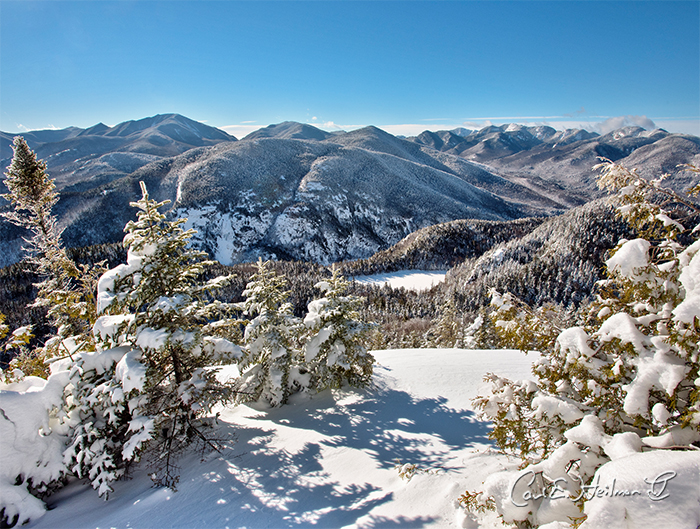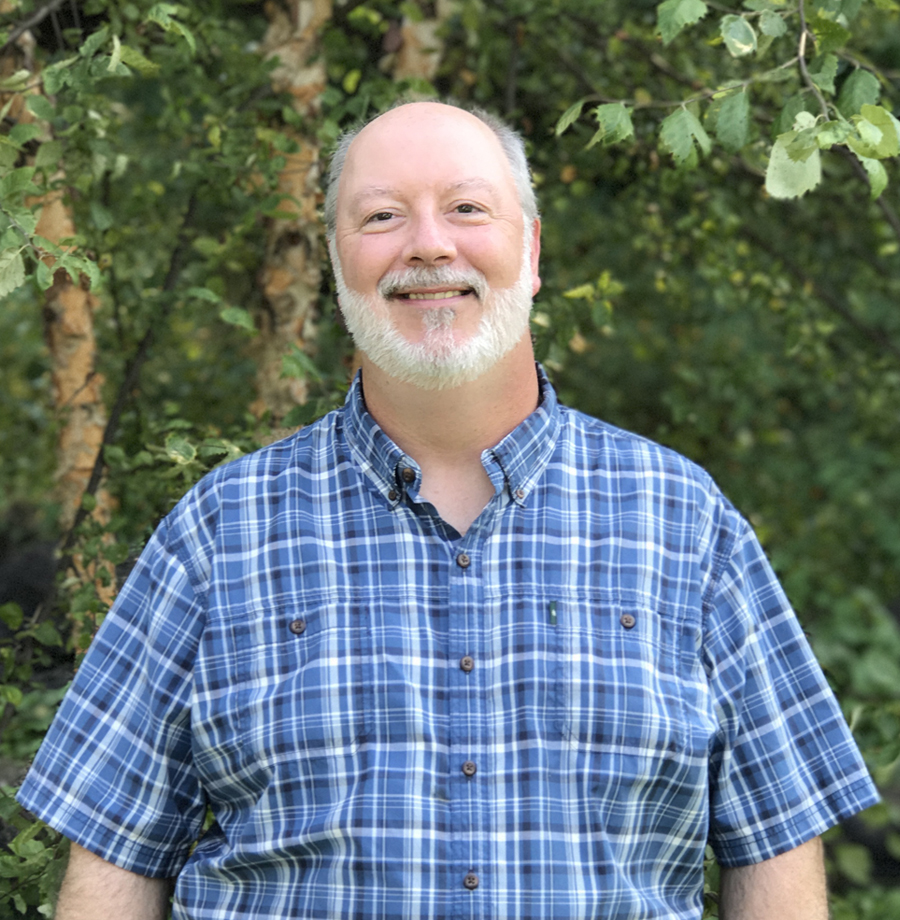
2020 Election Impacts on the Adirondacks
By: John Sheehan - Adirondack Council Director of Communications
Friday, November 13, 2020
Decisions are being made in Washington, D.C. on climate change, cross-state air pollution, acid rain, invasive species, and federal funding of science that will impact the Adirondack Park future generations will inherit. Federal actions taken in the next few months can cause harm to natural communities, visitors, and residents of the Park. There is also an opportunity for bipartisan action to restore and enhance federal support for clean air and water, wildlands, and healthy rural communities.

Due to past damage (acid rain depleted much of the Park’s soils buffering capacity), a small increase in chronically harmful pollution levels in the Adirondacks would cause new damage more rapidly than it did in the past. The weakening of federal regulations over the past four years leaves the Park vulnerable. The Adirondack Council and our colleagues, including the NYS Attorney General’s office, the Environmental Defense Fund (EDF), and others won a major legal struggle in 2020, directing the U.S. Environmental Protection Agency (EPA) to require summertime pollution reductions in the Midwest to prevent smog from reaching dangerous levels in the Northeast.
In 2021, an EPA under new leadership should return to its pre-2016 policy of granting petitions seeking relief from cross-state air pollution when Northeast states seek help. But 2020 legal victories are still at risk. The next two months could bring new challenges. The Adirondack Council is launching a campaign for improved federal protection of the Adirondacks. This is a critical moment. We are at a tipping point. Recent federal efforts to weaken protections could increase the risk of an ecological and economic decline. There is a chance to correct course, build on past bipartisan progress, and improve protections.
The Council is applauding the announcement that the United States will rejoin the Paris Climate Agreement in January 2021. It’s also a priority for the Adirondacks and the Adirondack Council to see Federal funding provided for the EPA and for acid rain and climate data collection, wilderness protection, and community fiscal relief.
Further reductions in climate change-causing greenhouse gas emissions and enhanced fiscal incentives for renewable energy can speed progress on acid rain and smog too. The Clean Air Act’s “good neighbor” rule could be strengthened with Congressional action that prevents years-long delays in granting relief to victims of power plant smog. Congress can replace the Clean Power Plan with an even better standard.
If Congress will not act, the next EPA administrator could reverse the recent weakening of the Mercury and Air Toxics Standards by reinstating the old rule. The EPA could – for the first time – set an effective Secondary National Ambient Air Quality Standard for the air pollution that causes acid rain, as required by the Clean Air Act Amendments of 1990. The EPA could also live up to its mandate to coordinate the National Acid Precipitation Assessment Program and inform the public every five years of the government’s progress in halting acid rain.
Clearly, the election has impacted who has what power in Washington. The President’s team and representatives in the Senate and House will have an opportunity to help the federal government change course and positively impact the Adirondacks. Time will tell if the country can heal from the divisive election and restore a bi-partisan commitment to practical, science-based actions. The Adirondack Council and partners are committed to preserving clean water, clean air, public health, and Wilderness for future generations. We thank all who partner with us and support these efforts.
|





